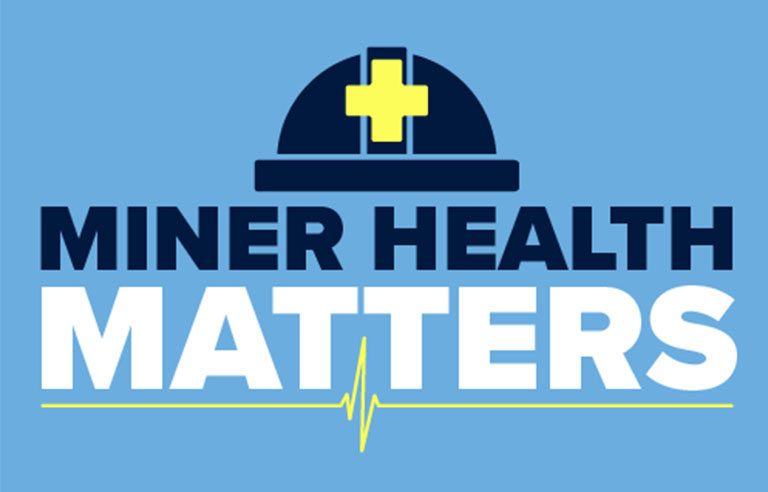New MSHA campaign will focus on miner health

Photo: msha.gov
Arlington, VA — The Mine Safety and Health Administration has launched an initiative aligned with agency administrator Chris Williamson’s goal to “ensure that miners’ health is considered as important as miners’ safety.”
One objective of the Miner Health Matters campaign, introduced Sept. 29 and described by Williamson in a Department of Labor blog post, is to help miners understand and exercise their rights under 30 CFR Part 90.
The regulation states that coal miners with coal miners’ pneumoconiosis – a deadly but preventable condition commonly known as black lung – are eligible to continue working in parts of a mine that have low dust levels, a concern as black lung cases rise. Workers with suspected cases of black lung also have the right to free medical exams.
A November 2020 report from the Department of Labor Office of Inspector General states that more than three times as many coal miners were identified as having black lung from 2010 to 2014 compared with 1995 to 1999.
| Sign up for Safety+Health's free monthly email newsletters and get the news that's important to you. |
Additionally, researchers at the University of Illinois Chicago recently found that the lung tissue of contemporary coal miners contains higher levels of respirable crystalline silica dust than was observed in past generations, which may contribute to the spike in black lung cases.
MSHA, through the initiative, is planning various enforcement and outreach efforts, including publishing a proposed rule that would boost protection against exposure to respirable crystalline silica.
“The U.S. Department of Labor is showing that ‘Miner Health Matters’ by helping the nation’s miners protect their health,” Williamson said in a press release.
Post a comment to this article
Safety+Health welcomes comments that promote respectful dialogue. Please stay on topic. Comments that contain personal attacks, profanity or abusive language – or those aggressively promoting products or services – will be removed. We reserve the right to determine which comments violate our comment policy. (Anonymous comments are welcome; merely skip the “name” field in the comment box. An email address is required but will not be included with your comment.)

